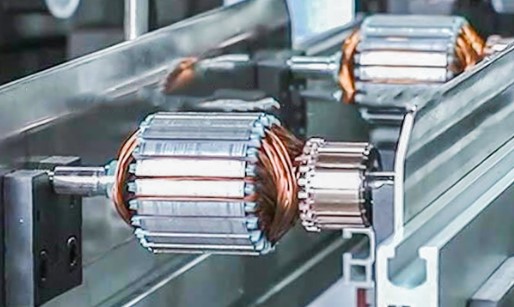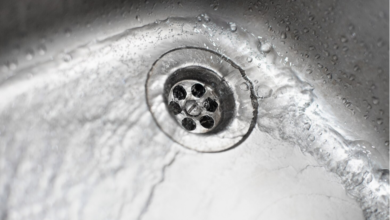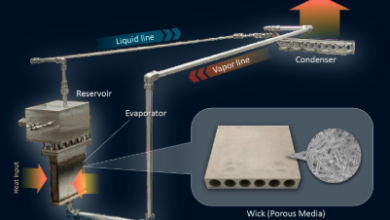The Detailed Look Inside An Electric Motor Production Line

Electric motors are the workhorses of our modern world, silently powering countless devices, from household appliances to industrial machinery. But how exactly are these ubiquitous components brought to life? Let’s delve into the fascinating world of electric motor production lines, exploring the intricate dance of machines that transform raw materials into the engines of our technological marvels.
The Genesis: Components and Customization
The journey of an electric motor begins with its parts. Stator cores, often made from laminated steel, form the stationary base. Rotors, consisting of a shaft and conductive windings, spin within the stator. Windings, the heart of the motor, are meticulously formed coils of insulated copper wire. The specific configuration and materials used in these components depend on the desired motor type and its intended application.
Industries can customize production to manufacture a wide variety of electric motors. It ranges from the tiny DC motors in power tools to the behemoths powering electric vehicles. For instance, a line producing brushless DC (BLDC) motors. Its common applications include electric cars. It prioritizes automation for precise coil winding which is a crucial step in BLDC motor efficiency with honest HLS.
The Symphony of Machines: A Step-by-Step Look
Electric motor production lines are marvels of orchestrated automation. Here is detail about these steps:
Metal Processing: Sheet metal is punched, stamped, and machined. It is a key step to create the precise shapes vital for stator cores and motor housings.
Lamination: Thin sheets of steel are stacked and bonded together to form the low-loss magnetic core of the stator.
Coil Winding: This critical stage involves precisely winding insulated copper wire around a rotating form to create the electromagnets within the stator and rotor. High-speed, computer-controlled winding machines ensure consistent and efficient coil formation.
Core Assembly: The laminated stator core is fitted with the wound components, creating the foundation of the motor.
Commutation and Connection: Depending on the motor type, commutators (for DC motors) or additional electrical connections are established for power transfer.
Shaft & Bearing Integration: The rotor shaft and bearings are precisely assembled to ensure smooth rotation and minimize friction.
Housing and Seal Placement: The motor housing is secured, and seals are meticulously placed to protect the internal components from dust and moisture.
Testing and Quality Control: Completed motors undergo rigorous electrical and mechanical testing to ensure they meet performance and safety specifications.
Read also: How to Clean Your Vehicle’s Interior Like a Pro
Automation vs. Human Expertise: The Power of Two
Although automation is the reigning king in today’s manufacturing lines, the human mind remains essential for competent operations. Experienced mechanics assist in running machines, as well as ensuring high quality standards through regular checks. In addition, they write programs that enable complex controls to operate properly across all stages of the manufacturing process.
Conclusion
An electric motor production lineis testament to human ingenuity and technological prowess. These intricate systems efficiently transform raw materials into the driving force behind countless applications. As electric motor technology continues to evolve, so too will production lines, incorporating even more advanced robotics and automation for increased efficiency and sustainability. By continuously refining these processes, we ensure a steady supply of these essential components, powering the innovations that shape our future.




